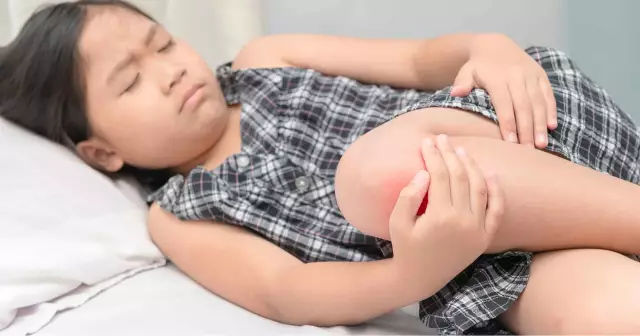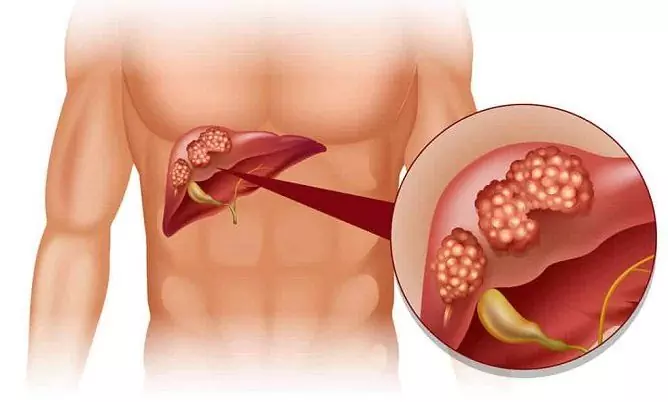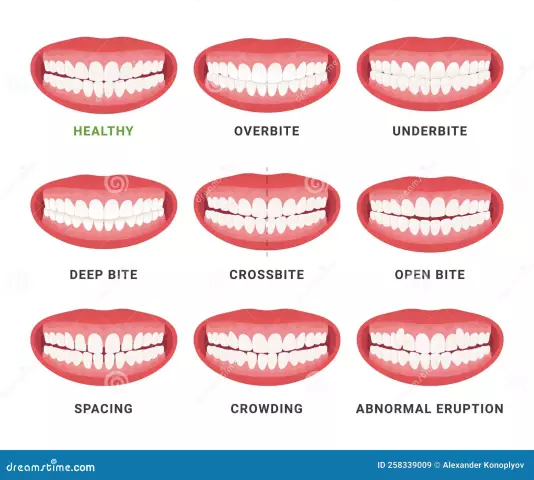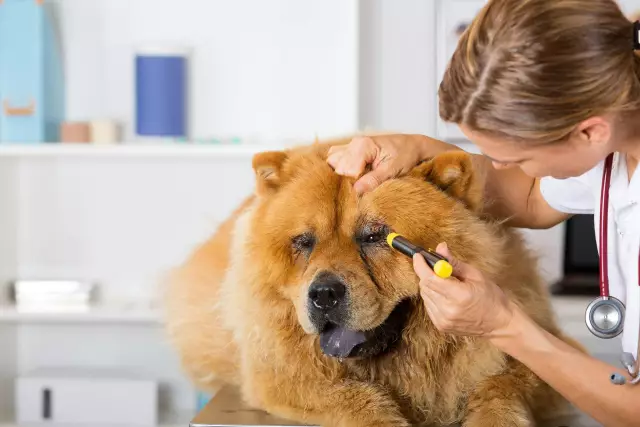- Author Rachel Wainwright [email protected].
- Public 2023-12-15 07:39.
- Last modified 2025-11-02 20:14.
Why is idiopathic arthritis dangerous?

What is juvenile idiopathic arthritis? This is an inflammation of the joints in children of an unknown nature. The disease begins for no apparent reason, with a rise in temperature, rashes on the skin, swelling and pain in the joints. This most often occurs at the age of two. The kid becomes moody and refuses to walk, or moves less than usual. Then the parents notice that his gait has changed. Fever and rashes go away for some time, but arthritis remains.
Juvenile idiopathic arthritis is chronic, periods of remission are followed by exacerbations, and so on for three to five years. Then one day all the symptoms disappear. Doctors attribute this to the fact that there is a "maturation" of the immune system, which is the cause of the disease. Does this mean that the disease goes away without a trace, and that juvenile idiopathic arthritis does not need to be treated all the time? Not at all.
Juvenile idiopathic arthritis can be systemic - affecting many joints or all of them, and localized when one or two joints are involved. The systemic form causes a delay, and in severe cases, growth arrest. Local juvenile idiopathic arthritis causes the epiphyses (end portions) of the bones of the affected joint to grow at an accelerated rate. This means that the skeleton will be deformed, since the growth of bones in its various parts will be uneven.
Another consequence of juvenile idiopathic arthritis is the development of secondary amyloidosis. It is a protein metabolism disorder that results in the deposition of an abnormal amyloid protein in the affected joint. Amyloid does not participate in normal metabolism, does not serve as a "brick" from which body tissues are built, like other proteins. Instead, amyloid accumulates and displaces healthy tissue, leading to the destruction of the organ, and the organ loses its function. Amyloid deposition can occur in many organs, the most common being renal amyloidosis.

Thus, untreated juvenile idiopathic arthritis can lead to metabolic disorders, irreversible changes in the joints, deformation of the joints and bones, and, as a result, to subsequent disability. This is all the more awful because modern medicine has the means to successfully resist the development of such complications. While they may not completely cure juvenile idiopathic arthritis, they can minimize the risk of a healthy child becoming a disabled child.
Found a mistake in the text? Select it and press Ctrl + Enter.






